
Buddhist Destinations in India
LUMBINI : One of the most important place of Buddhist pilgrimage is Lumbini, located near the Nepal-India border. This is where Gautam Buddha was born to a royal family in 556 B.C.E. Many auspicious signs accompanied the Buddha's birth, including the sprouting of the bodhi tree. The great Buddhist ruler Ashoka visited the site two centuries later, constructing a stupa (mound, usually of earth) and pillar in recognition. Although largely destroyed now, these remain important marks of the Buddha's birthplace.
BODHGAYA : The Buddha attained enlightenment at the age of 29 in the town of Bodhgaya in India. After settling under a tree, the Buddha made the resolve not to move until he had achieved enlightenment. After three days and nights of profound meditation this goal was realised. The bodhi tree under which the Buddha sat has been destroyed both intentionally and naturally many times since this time of enlightenment. It has continued to re sprout and is visible today.
The Mahabodhi Temple marks Bodhgaya. The origins of the Temple are unclear. Some claim the Temple could have been built as early as the third century by Ashoka, others claim the Temple was built between the fifth and seventh centuries. A thriving Monastic Order continues in the area today, with three monasteries catering for locals and foreigners alike.
SARNATH : At Sarnath in the Ganges Valley of India, the Buddha proclaimed the law of faith. It was here that he taught the keys aspects of Buddhism: the four noble truths, the eightfold path and the middle way philosophy. The Buddha encouraged followers to avoid extremes of austerity or pleasure. The remains of monasteries dating from the third century B.C.E. to the first century C.E. indicate a thriving monastic community.
SHRAVASTI : Another of the most commonly visited places of Buddhist pilgrimage is Shravasti. It is here that the Buddha is said to have performed great miracles. One story tells of how on throwing down the seed of a mango, a great mango tree instantly arose. Another story tells of how the Buddha stood in the air, the lower part of his body engulfed in flames, with five hundred jets of water streaming from the top of his body.
SANKASHAYA : In Sankashaya the Buddha descended from the Tushita Heaven. It is said that during the forty-first year of the Buddha's life, he went to the Tushita Heaven to teach Dharma to his mother, who had died shortly after the Buddha's death. Ashoka later built a Temple on the site. Today, little of the site's glory remains. This is the only important place of Buddhist pilgrimage where no temples, or monasteries exist today.
NALANDA : Nalanda is important both because it was blessed with the presence of the Buddha, and because of the famous monastic university developed there. This university also named Nalanda (meaning 'insatiable in giving') played a central role in the development of Buddhism in India.
RAJGIR : Rajgir is another place in the Ganges Valley where the Buddha walked and preached. Perhaps the most important event of the Buddha's visits to Rajgir was the conversion of two future disciples, Sariputra and Maudgalyayana. While Sariputra was credited with greater intelligence, Maudgalyayana wielded a greater power for miracles.
OTHER PLACES : Other commemorative monuments to the spread in Buddhism in India include Sanchi, Bharhut, Amaravati, and Nagarjunakonda where great Buddhist stupas and Buddhist university sites remain. India also boosts the famous Buddhist Cave Temples, Ajanta, Ellora, Kanheri and Karli located in western India.
The places of birth and enlightenment are perhaps the two most important sites of pilgrimage for Buddhists in the world today. These are accompanied by a number of other sites marking the spread of Buddhism throughout the Indian sub-continent.
Make Your Trip Now
MOST POPULAR PACKAGES
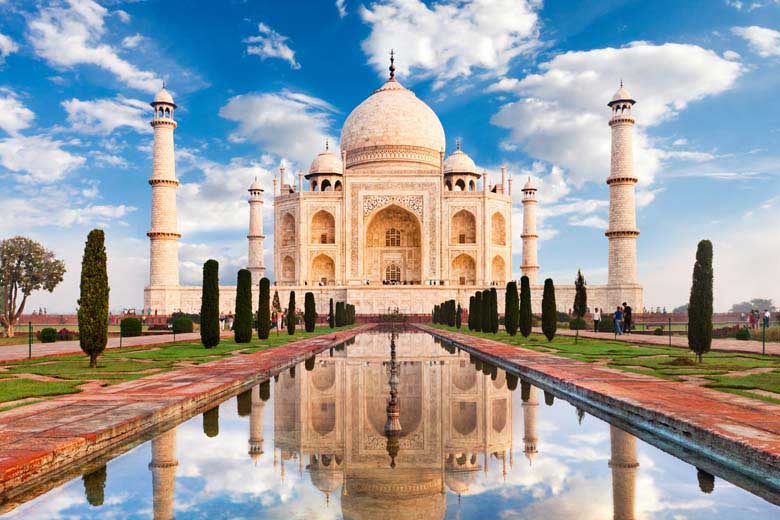
6 Nights / 7 Days
Golden Triangle Vacation Tour
India’s golden triangle is a tourist circuit which includes: Delhi, Agra (including the Taj Mahal), and Jaipur. These trips usually 7 days and do the trip as a circuit starting and ending in Delhi.
View Package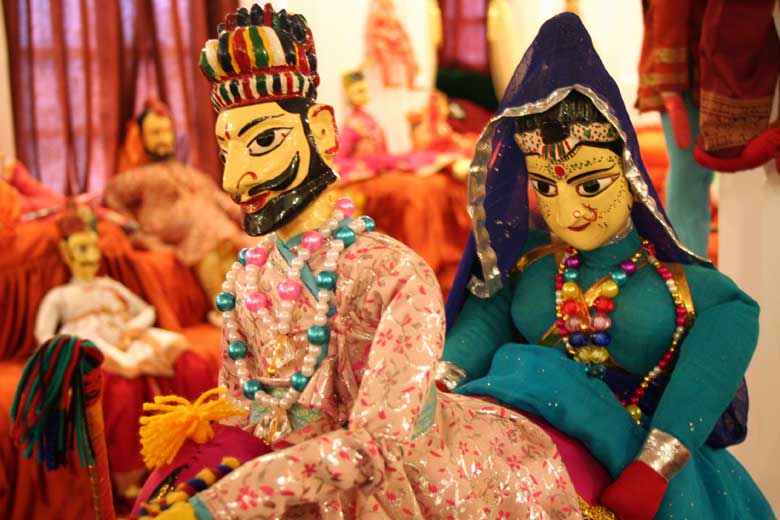
16 Nights / 17 Days
Rajasthan colorful Tour
Coloruful Rajasthan Tour is one of the most popular circuit of India. This tour package accommodates you to endure Rajasthan in all its different colors.
View Package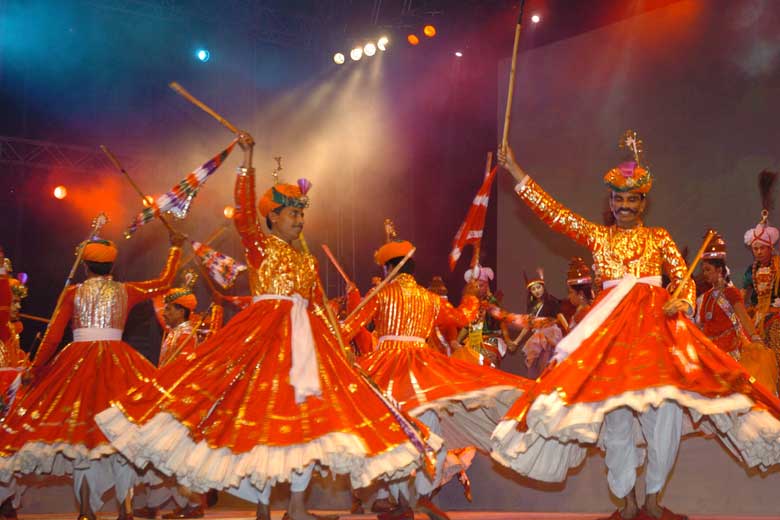
10 Nights / 11 Days
Rajasthan Cultural Tour
The Rajasthan state represents an unusual diversity in all its forms - people, culture, customs, costumes, cuisine, dialects and music and haveli's.
View Package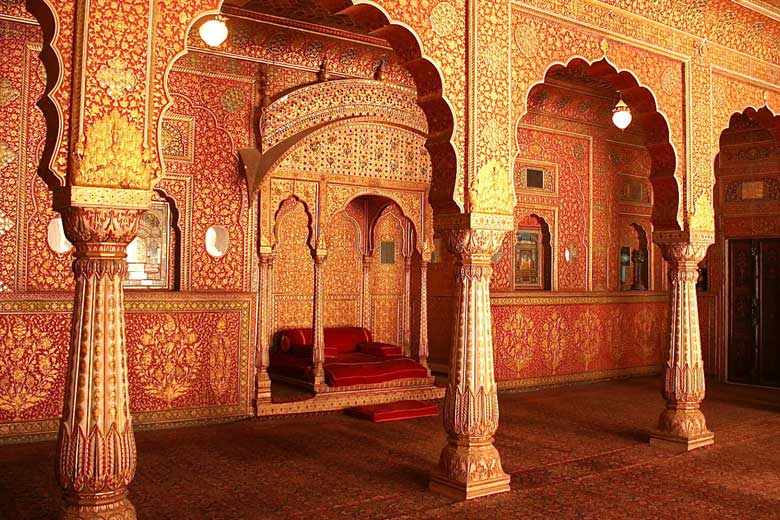
12 Nights / 13 Days
Rajasthan Fort & Palace Tour
Rajasthan is famous all over the world for its stunning forts and palaces that have been gloriously standing since decades in this princely state.
View Package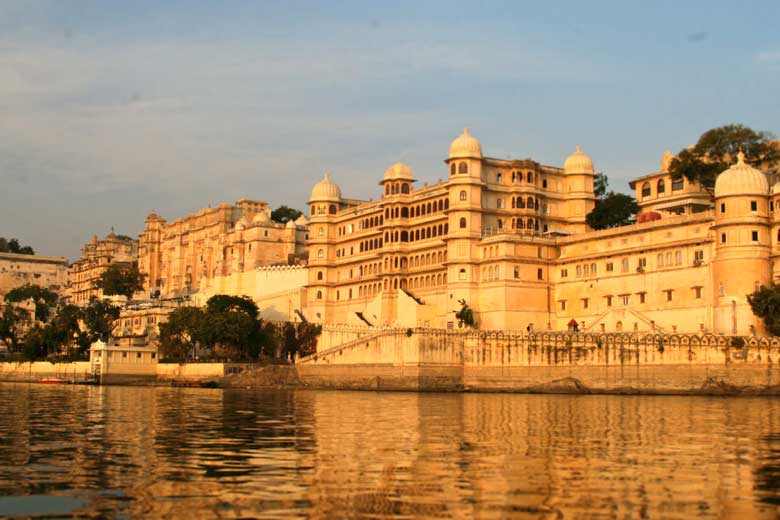
11 Nights / 12 Days
Rajasthan Heritage Tour
Rajasthan known as the "land of kings"provides some marvelous marks from the history in the form of its forts, palaces, mansions and haveli's.
View Package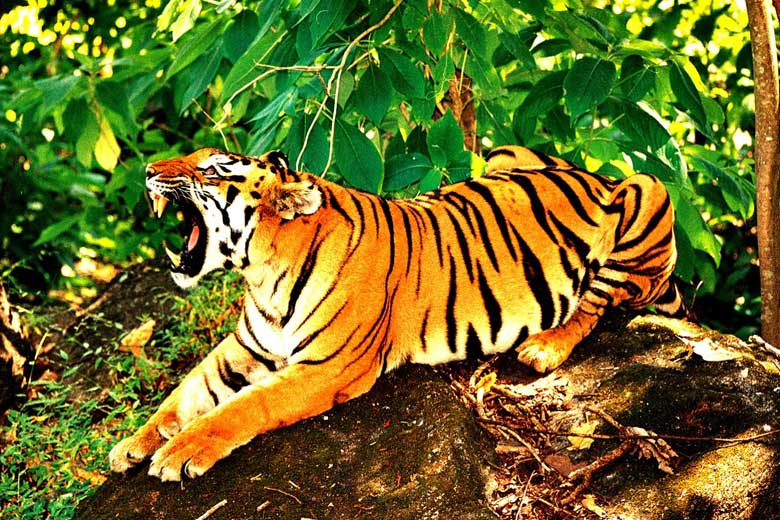
06 Nights / 07 Days
Rajasthan Wildlife Tour
The name Rajasthan has a habit of invoking the images of sun-bathed sand dunes of the Thar Desert, the rustic turban and mustache of Rajasthani men and women’s ghagra.
View Package
 Gujarat Toursim
Gujarat Toursim
 IATO -
Indian Association of Tour Operators
IATO -
Indian Association of Tour Operators
 +91-9811175768
+91-9811175768
